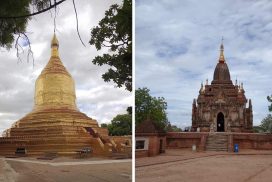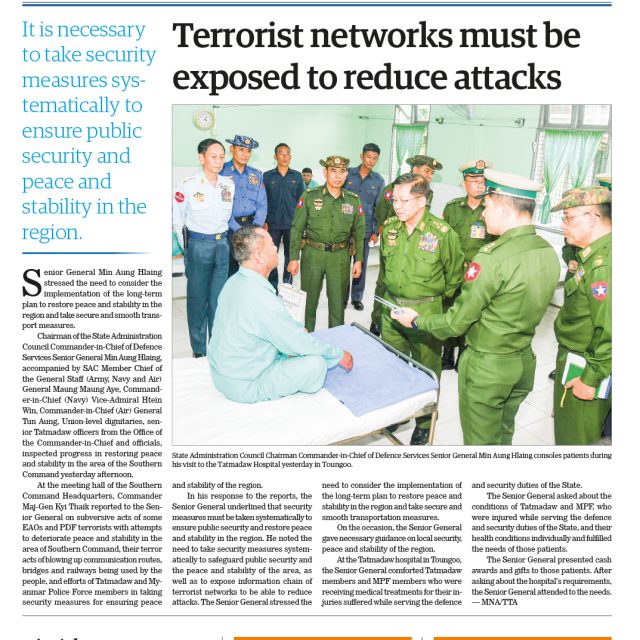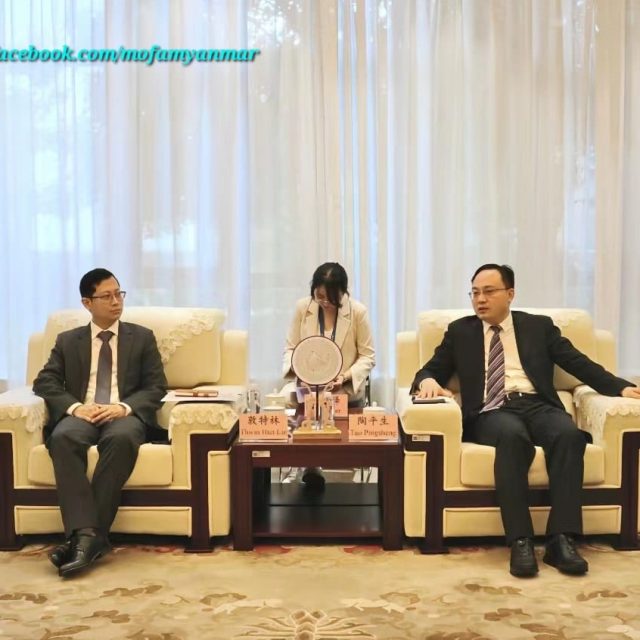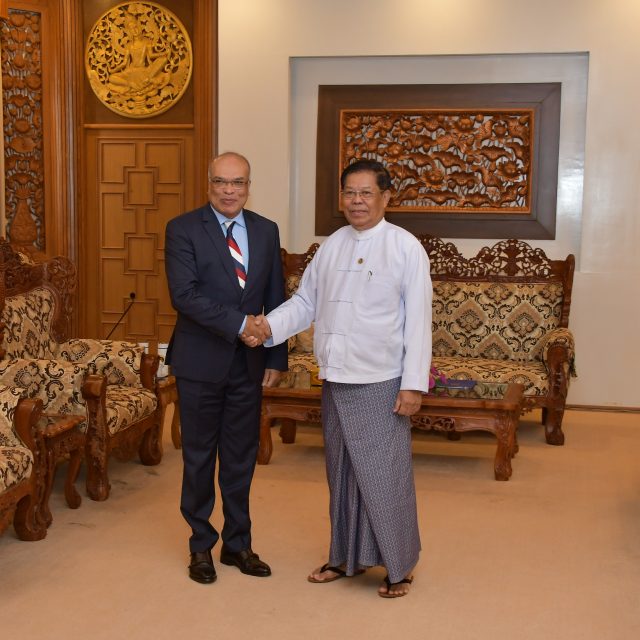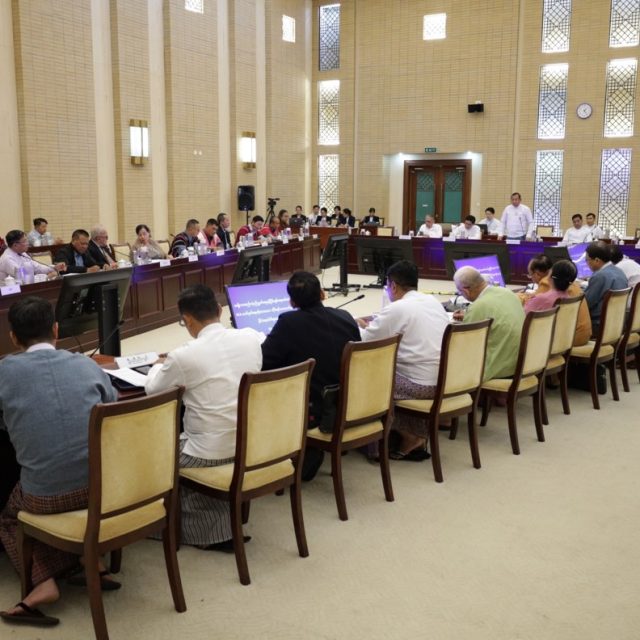Myanmar is a country rich in ancient cultural heritage, with numerous historical sites and artefacts, both aboveground and underground, that reflect the nation’s history and identity. It is the responsibility of all Myanmar citizens to safeguard these tangible and intangible cultural assets to prevent their loss.
The loss or damage of cultural properties and historical records due to climate conditions, natural disasters, armed conflicts, or human actions is a significant loss for the entire nation. Therefore, it is crucial for responsible citizens to actively work to preserve these ancient cultural heritages, ensuring their protection as long as Myanmar exists.
Myanmar has a unique and extensive history, with some of the earliest city-states in Southeast Asia. The country is home to an ancient cultural heritage dating back to the Neolithic era, as well as artefacts from the Stone Age, Bronze Age, and Iron Age. Additionally, Myanmar’s rich history includes cultural properties from various historical periods, such as the Bagan, Pinya, Inwa, Toungoo, Nyaungyan, and Konbaung eras.
It is essential for all Myanmar citizens to take pride in their ancient cultural heritage and the nation’s long history. Preserving these cultural treasures is not just an individual responsibility but a national duty. Culture is the essence of national identity, and if it fades, the nationality itself risks disappearing. Regardless of political changes or governing bodies, Myanmar people must work together with local authorities to ensure the long-term preservation of all cultural properties and heritages. Sharing knowledge about preservation activities with future generations is also vital to this mission.
However, over time, many royal palaces, walls, moats, religious edifices, centuries-old public buildings, and other landmarks across regions and states have gradually disappeared. In response, the government undertook restoration projects from 1988 to 2010, renovating replicas and ancient royal palace structures in places like Mandalay, Shwebo, Bago, and Bagan to allow future generations to appreciate these historical sites.
Unfortunately, some cultural properties, including royal palace structures, walls, and moats, have been subject to theft and destruction by unscrupulous individuals over successive eras. Neighbouring countries in the region have successfully preserved their ancient cultural heritage, turning them into tourist attractions and public observation sites. Myanmar is following suit by focusing on excavating and preserving ancient royal cities’ walls and moats, such as those in Bago-Hanthawady and Bagan, as well as maintaining ancient lakes. Current efforts also include preparations to rebuild significant historical structures like the Shishay bridge in Mandalay’s royal city, the royal palace of Toungoo, and the walls of Ketumati City.
It is essential for all Myanmar citizens to take pride in their ancient cultural heritage and the nation’s long history. Preserving these cultural treasures is not just an individual responsibility but a national duty. Culture is the essence of national identity, and if it fades, the nationality itself risks disappearing. Regardless of political changes or governing bodies, Myanmar people must work together with local authorities to ensure the long-term preservation of all cultural properties and heritages. Sharing knowledge about preservation activities with future generations is also vital to this mission.




